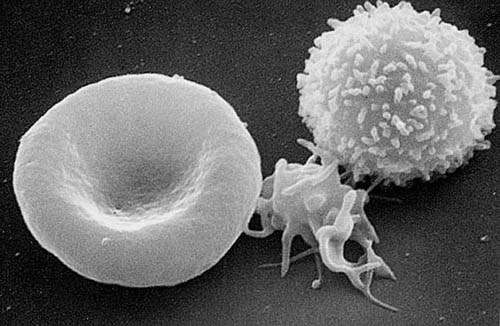I recently read an article in the New York Times that described an incredible breakthrough in the war against cancer, including the battle against mesothelioma. Researchers at the University of Pennsylvania have discovered a new T-cell treatment in which a patient’s own T-cell are removed, genetically engineered, and re-introduced into the patient’s body to help kill the cancer cells. This innovative treatment is one of the most significant advancements in cancer treatment to date and creates hope and promise of someday finding a cure for hard to treat cancers like mesothelioma.
T-Cell Treatment

Researchers at the University of Pennsylvania recently concluded a Phase 1 Clinical Trial of this new dynamic treatment for cancer involving genetically engineered T-Cells. A T-cell is a type of blood cell. T-cells belong to a group of white blood cells (WBCs) called lymphocytes which protect the body from infection. T-cells have a key role in the immune system because they identify and attack any body cells that are infected with viruses or otherwise identified as harmful. There are a number of different types of T-cells that act in many ways to identify, directly attack, and destroy infectious agents.
This new treatment involves removing billions of T-cells from a patient, genetically engineering them, and then infusing them back into the patient’s body. Researchers hope this will train the patient’s own immune system to kill cancer cells. The T-cell treatment recently had great success on two patients suffering from terminal leukemia.
Hope For Mesothelioma Patients
As a mesothelioma attorney, I see firsthand my clients suffer from this terrible disease. I am very encouraged by this research and the implications for patients with mesothelioma. According to Dr. Carl June who led the research “[We hope] to use T-cells against solid tumors including some that are hard to treat like mesothelioma and ovarian and pancreatic cancer.”
However, this treatment does not come without risks. Genetically engineered T-cells have been known to attack healthy tissue in patients and cause serious damage and even death. Researchers are still working to perfect the T-cell treatment, but this new innovation is a great step towards finding a cure for certain types of cancer including mesothelioma.
Clinical Trials

The main goal of clinical trials is to determine if a new treatment is safe and at what dosage. Clinical trials offer new, revolutionary treatments to patients suffering with cancer. Treatments, like this one that researcher at the University of Pennsylvania have discovered, offer great hope for someday finding a cure for terminal diseases such as mesothelioma. Many of my clients have participated in clinical trials to treat their mesothelioma. I commend them for their courage in participating in these trials that will someday help find a cure for this horrible disease and urge all of my clients to talk with their doctors about whether they may be a candidate for one of the many clinical trials related to mesothelioma.
























